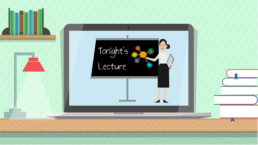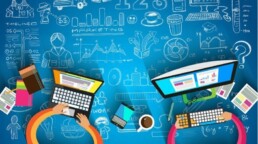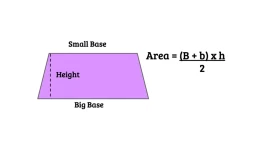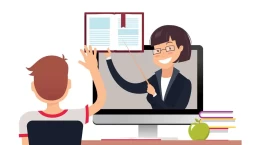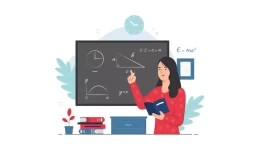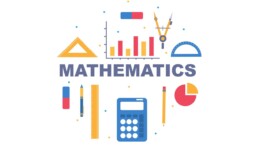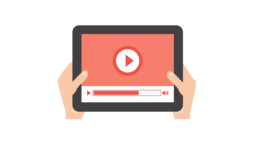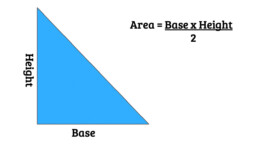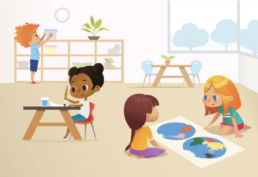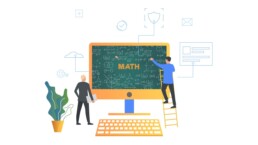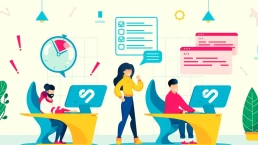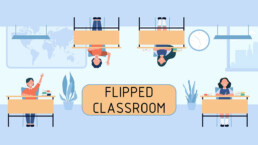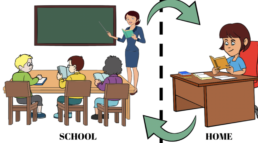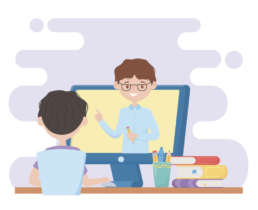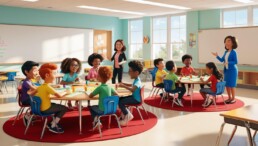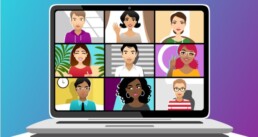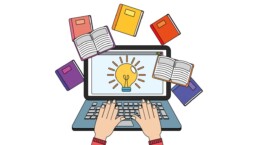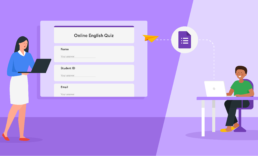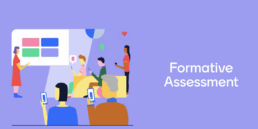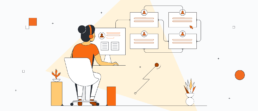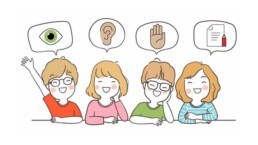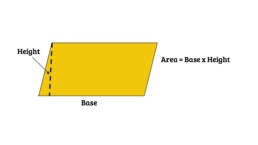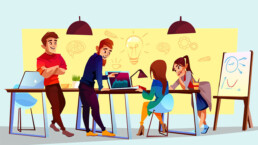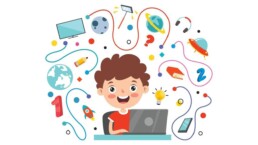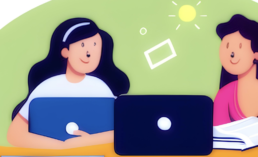5 Reasons Why Flipped Learning is the Future of Education
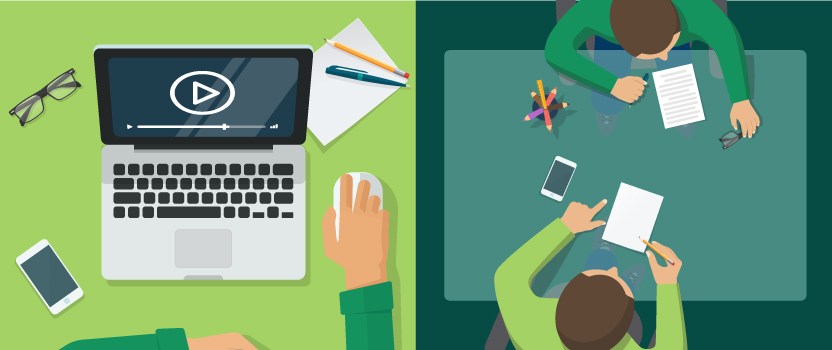
The education system has witnessed huge transformations in methodologies and techniques over the years, and the recent shift towards Flipped Learning has gained widespread attention.
Flipped Learning is an innovative teaching approach that allows the students to take an active role in their learning process. In simple terms, Flipped Learning is a blended learning approach that reverses the traditional classroom model by delivering content online and engaging students in meaningful activities in the classroom.
In this blog post, we will discuss the five reasons why Flipped Learning is the future of education.
1. Flexibility
Flipped Learning provides students with the flexibility to learn at their own pace, which enhances their learning experience. Students can access video lectures, tutorials, and other e-learning materials, and learn at their own speed and convenience. They can rewind, pause, and replay the videos, which helps them understand difficult concepts better. Also, students can access the material from anywhere, anytime, which eliminates the constraints of a traditional classroom.
2. Active Learning
Flipped Learning promotes active learning, which is a key factor in enhancing critical thinking and problem-solving skills. The classroom becomes a place to engage in hands-on activities, discussions and collaborative projects, which make learning more engaging and meaningful. This approach develops students’ communication skills, confidence and understanding of real-world applications.
3. Student-Centered
Flipped Learning is a student-centered approach that focuses on the needs and interests of individual students. It allows teachers to tailor the learning experience to meet the diverse needs of their students. Teachers can create personalized assignments, assessments, and projects that suit each student’s learning style and academic needs. This approach maximizes the learning outcomes for every student in the classroom.
4. Improved Learning Outcomes
The Flipped Learning model has shown improved learning outcomes in various studies and research. This approach enables students to gain a better understanding of the content and enhance their retention rates, which leads to better academic performance. Moreover, Flipped Learning also promotes life-long learning habits among students, which prepares them for success in the future.
5. Innovation
Flipped Learning is an innovative teaching approach that is reshaping the traditional classroom model. It incorporates various technological tools and resources that enhance the students’ learning experience. It promotes creativity and innovation among teachers and students, which leads to better engagement and collaboration. The Flipped Learning approach keeps up with the current trends and technological advancements in the field of education.
Conclusion
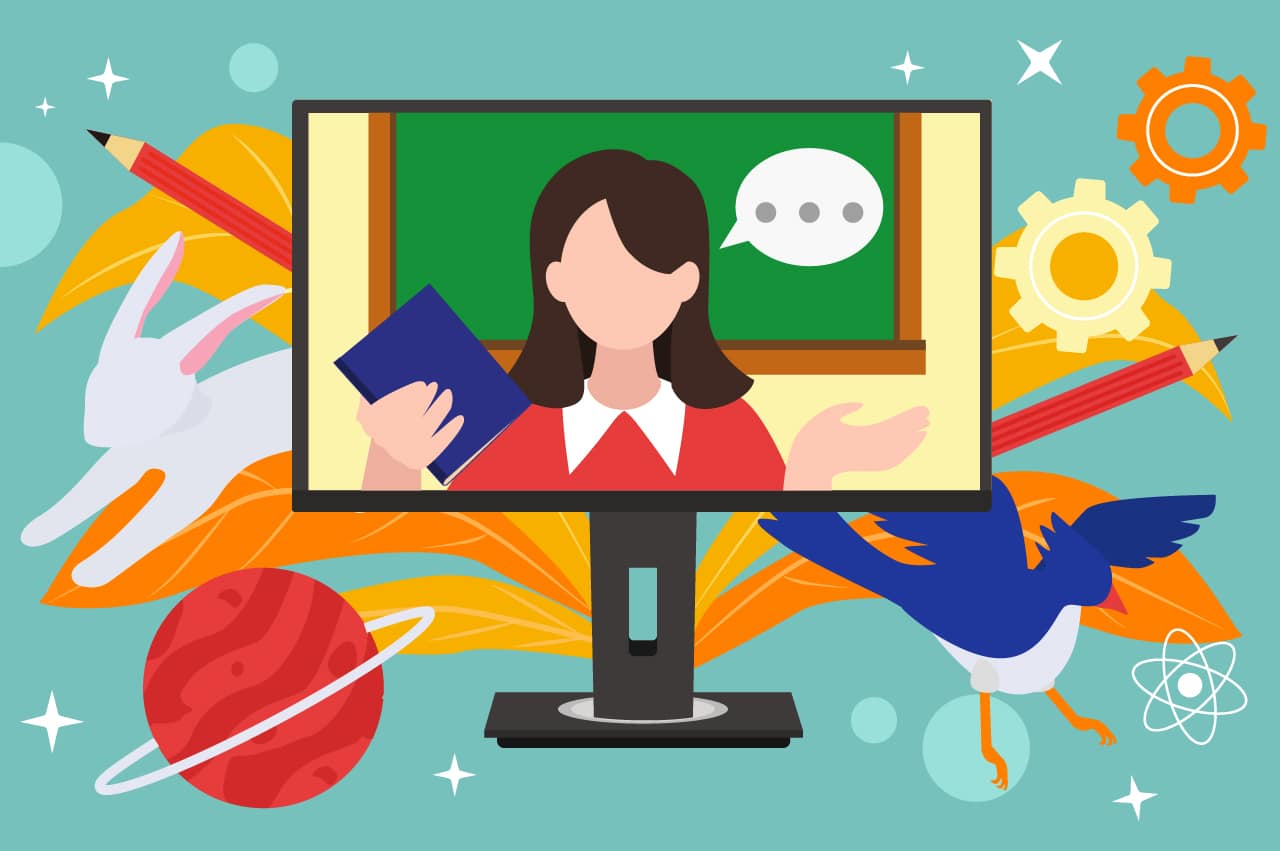
In conclusion, Flipped Learning is the future of education owing to its flexibility, active learning, student-centered approach, improved learning outcomes and innovative methods.
This approach has the potential to transform the way we teach and learn, and make education accessible to everyone, which is the need of the hour. Teachers, schools and institutions should incorporate the Flipped Learning approach into their pedagogical practices to stay ahead of the curve and prepare students for the future.
